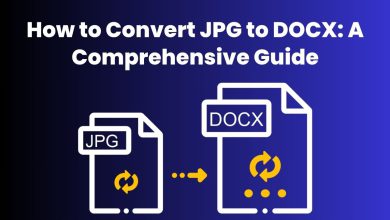
When you create a web page, you want as many people as possible to see it. That means you need to make sure your pages are indexed by search engines. One way to make sure your page is found is by using keywords. But if your page doesn’t have any links from other websites, it will be difficult for people to find and visit it.
The bounce rate is a statistic that tells you how often a page is visited.
How Google Analytics calculates bounce rate
Every time a person interacts with your website, Google Analytics calculates a bounce rate. This percentage tells you how many people who viewed your page left without clicking any links or doing anything else. A high bounce rate can mean that your website isn’t user-friendly or that it’s missing important information. Use bounce rate to improve your website’s design and content, or to determine whether you need to make changes to your marketing strategy.
Is bounce rate important?
Bounce rate is one of the most commonly used metrics in web analytics. But what does it mean and why is it important?
When a visitor comes to your website, they’re not just looking at your content. They’re also exploring your site to see if there are any other pages that might be of interest. If a visitor lands on a page that doesn’t have anything on it – or worse, if they bounce away from your page – it means you didn’t do a good job of attracting them in the first place.
Bounce rate is simply the percentage of visitors who leave your website after visiting only one page. It’s a great way to measure how well you’re converting visits into leads and sales. But be careful: too high a bounce rate can mean that you’re not engaging your visitors enough or that you have confusing or bad content.
Differences between bounce rate, exit rate, and dwell time
Bounce rate, exit rate, and dwell time are three different metrics that can be used to measure how engaged a user is with your site. Bounce rate is the percentage of visitors who leave your site after viewing only one page. Exit rate is the percentage of visitors who leave your site after viewing at least one page but before completing any action, such as buying something. Dwell time is the amount of time spent on a page by a visitor before leaving.
Different factors affect each metric differently. Bounce rate is affected by how much information you give visitors and how easy it is to navigate around your site. Exit rate is influenced by whether or not you have clear instructions on how to leave the site, whether there are ads on the page, and whether users can find what they’re looking for quickly.
How to interpret and use bounce rate the right way
The bounce rate is a statistic that is used to measure how often a website visitor returns to the website. Bounce rate can be used to determine whether or not a website is effective. When measuring bounce rate, it is important to consider the following:
- Bounce rate refers to the percentage of visitors who leave the website after visiting for one pageview.
- To calculate the bounce rate, divide the number of visits by the number of pages viewed.
- Bounce rates should range between 0 and 50%. A higher bounce rate indicates that more visitors are leaving the site quickly.
What is a good bounce rate?
If you are looking to increase your website’s traffic, one way to do so is by increasing your bounce rate. What is a bounce rate, and why is it important? A bounce rate measures the percentage of visits to your website that results in a pageview. It can be thought of as the percentage of visitors who leave your site without viewing any content.
There are a few factors that can affect a website’s bounce rate. Poor design and navigation can lead people to leave quickly, while poor content can discourage people from ever returning. To improve your site’s bounce rate, make sure that all of your content is high-quality and easy to navigate. Additionally, make sure that your site’s design is user-friendly and aesthetically pleasing. Finally, make sure that all of your content is relevant to your target audience.
How to improve your bounce rate
Below are 4 steps that you can take to improve your bounce rate:
- Make sure your website is designed for users to easily find the information they’re looking for. Keep your homepage clean and organized, and make sure all of the important information is easily accessible.
- Reduce the number of redirects on your website. Redirects can confuse users and slow down their browsing experience on your site. Try using 301 redirects instead if possible.
- Optimize your images for web use. Make sure they’re sized correctly, have proper alt text, and are optimized for web display. Avoid using images that are larger than 200KB in size, as these will likely slow down page loading times significantly.
- Ensure you have an effective search engine optimization strategy in place.


